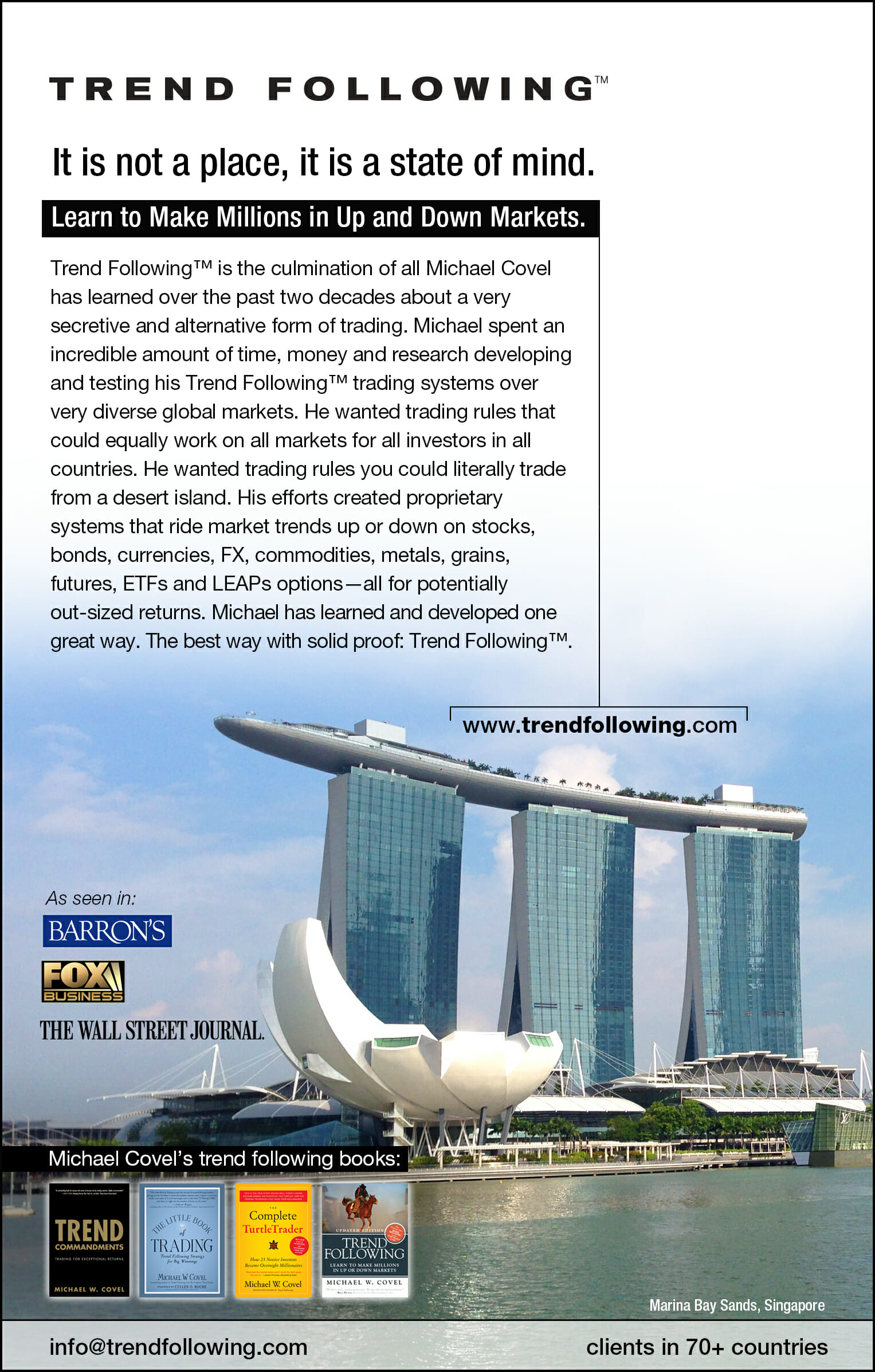If you read Wall Street’s propaganda, it is designed to force you to sit back and accept “the average”. Take this excerpt, by Selena Maranjian “Say No to Market Timing”:
If you’re tempted to listen to investing experts on TV when they recommend getting in or out of the market, think twice. Many financial prognosticators like to predict when the market will surge and when it will crash. Unfortunately, they’re often wrong. No one can consistently and accurately know what the market will do in the short term. In the long term, though, the trend is clear: The market tends to rise. If you invested in the stock market from 1963 through 1993, it would have yielded an average annual return of 11.83%. That should seem pretty good. But, here’s the amazing part. The period of 1963 through 1993 includes 7,802 days. If you were out of the market (not invested in it) for the 10 days when the market rose the most, your average annual return would only be 10.17%. If you sat out the 30 best days, your return would plunge to 8%. Up that to the 90 best days, and you’re down to a mere 3.28%. Most of the market’s gains seem to occur on just a few days. This means anyone who tries to time the market is at risk of missing out on substantial gains. While some will suggest that there are dangerous times to be in the market, it’s probably more dangerous to be out of it. The lesson is clear: If you hang on for the long term, you’ll be in the market on days when it counts — and able to ride out the downturns.
That should seem pretty good?
Has Selena Maranjian heard of Bill Dunn? Or Ed Seykota? It appears not. This author’s intent is to make you see that your only choice is 11% a year. Accept your lot and be like everyone else is the message.
Why would one accept “the average” when there are ways to beat it?
Tom Basso, a retired and very successful trend follower, sees another area of concern:
Another psychological aspect that drives me to use timing techniques on my portfolio is understanding myself well enough to know that I could never sit in a buy and hold strategy for two years during 1973 and 1974, watch my portfolio go down 48% and do nothing, hoping it would come back someday.
Trend Following Products
Review trend following systems and training:

More info here.
